Search Images
Browse Content (p. 1521)

Image
Licinius
A gold aureus depicting Roman emperor (East) Licinius, r. 308-24 CE
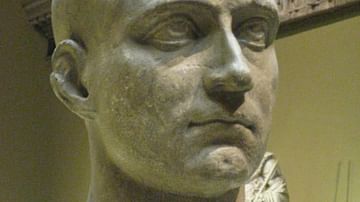
Image
Maxentius
A bust of Roman emperor (West) Maxentius, r. 306-312 CE.
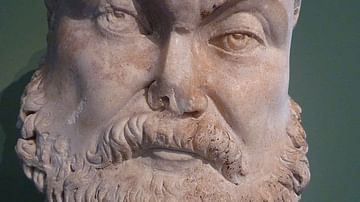
Image
Maximianus
A bust of Roman emperor (West) Maximianus, r. 286-305 CE.
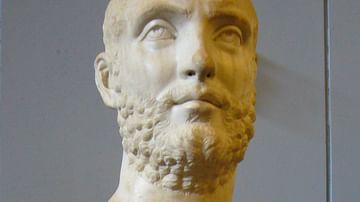
Image
Carinus
A bust depicting Roman emperor Carinus, r. 283-285 CE.
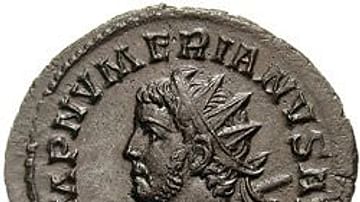
Image
Numerian
A coin depicting Roman emperor Numerian, r. 283-284 CE.
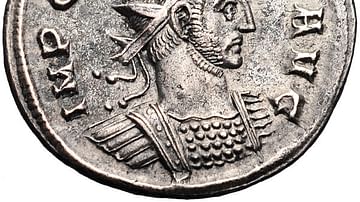
Image
Carus
A coin depicting Roman emperor Carus, r. 282-283 CE.
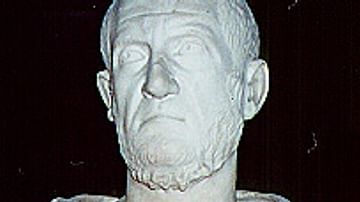
Image
Marcus Claudius Tacitus
A bust depicting Roman emperor Marcus Claudius Tacitus, r. 275-276 CE.
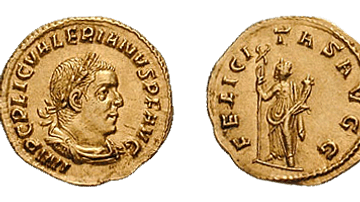
Image
Valerian I
A gold aureus coin depicting Roman Emperor Valerian, r. 253-260 CE.
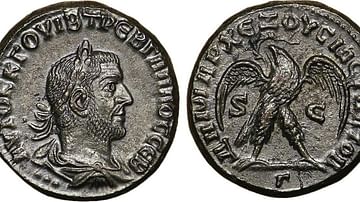
Image
Trebonianus Gallus
A coin depicting Roman Emperor Trebonianus Gallus, r. 251 CE - 253 CE
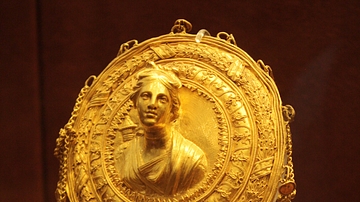
Image
Gold Hairnet
A gold hairnet, Greece, 3rd century BCE. In the centre is a relief of Artemis. (National Archaeological Museum, Athens)